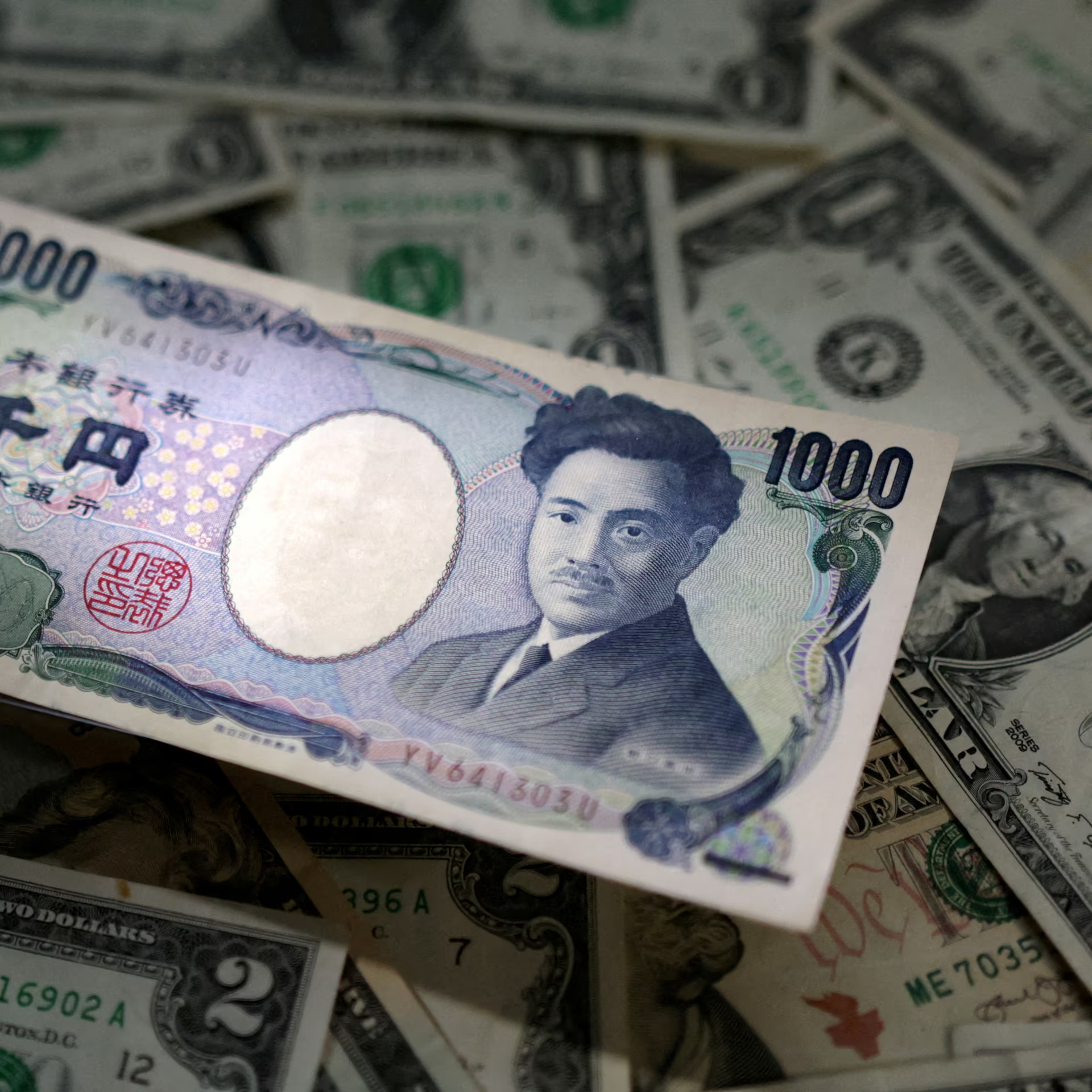In a sudden and dramatic turn of events, the Japanese yen (JPY) has experienced a significant surge against the US dollar (USD). Traders are pointing to yen-buying intervention by Japanese authorities as the catalyst behind this unexpected move. Let’s delve into the details of what transpired and its implications.
The Yen’s Remarkable Leap
On Monday, the yen jumped suddenly against the dollar, catching market participants off guard. The dollar plummeted from its earlier high of 160.245 yen to a low of 154.40 yen. This sharp decline in the dollar-yen exchange rate suggests that Japanese banks were actively selling dollars to acquire yen.

Languishing at Three-Decade Lows
The yen’s recent surge is particularly noteworthy because it comes at a time when the currency has been languishing at levels last seen over three decades ago. Despite the Bank of Japan’s exit from negative interest rates in a historic move, the yen continued to weaken, falling 11% against the dollar so far this year. Currency traders had been on edge, eagerly awaiting any signs of action from Tokyo to prop up the struggling yen.
Speculative, Rapid, and Abnormal
Japan’s top currency diplomat, Masato Kanda, refrained from confirming or denying intervention but acknowledged that the current developments in the currency market were “speculative, rapid, and abnormal.” His statement underscores the urgency of the situation and the need for vigilance.
The Boon and the Headache
A weaker yen can be a boon for Japanese exporters, making their goods more competitive in international markets. However, it poses challenges for policymakers. Here’s why:
- Import Costs: A stronger yen increases import costs, affecting businesses and consumers alike.
- Inflationary Pressures: As import prices rise, inflationary pressures may follow.
- Household Squeeze: A higher yen can squeeze household budgets, impacting purchasing power.

The Pain Threshold
Analysts believe that if this move indeed represents intervention by Japanese authorities, it won’t be a one-off occurrence. The 160-level in the dollar-yen pair seems to be the pain threshold—the new line in the sand for the authorities. Should the pair approach this level again, further intervention is likely.
Monetary Policy and Exchange Rates
Bank of Japan Governor Kazuo Ueda emphasized that monetary policy does not directly target currency rates. However, exchange-rate volatility can have a significant economic impact. The yen’s recent fluctuations underscore the delicate balance between supporting the economy and managing currency dynamics.
The Road Ahead
As the yen continues to defy expectations, traders and policymakers will closely monitor its movements. The US-Japan government bond yield gap, currently around 375 basis points, provides a powerful incentive for yen bears. Whether this surge is a sustained intervention or a temporary blip remains to be seen, but its repercussions will reverberate across financial markets.
In conclusion, the yen’s sudden leap against the dollar serves as a stark reminder of the interconnectedness of global currencies and the delicate dance between central banks and market forces. As traders speculate and policymakers strategize, the yen’s fate hangs in the balance, impacting Japan’s economic landscape and beyond.





